Space exploration is one of the main goals of the ongoing technological race between developed countries.
They want to send the music of popular artists, send tourists on space shuttles into space, and be the first people to establish a colony on Mars (or another suitable planet for life). In this regard, the number of inventions related to the study of outer space is growing exponentially. Artificial satellites, spacecraft, and space stations that are capable of processing a huge amount of data have been launched into orbit. The first telescope was launched into orbit about 30 years ago and is still working properly.
The most famous telescope, which has transmitted hundreds of photographs of planets, star clusters, and space debris back to Earth, is the Hubble telescope. A huge team was engaged in its construction and every detail of the future telescope had to be checked and rechecked. As of today the telescope is operating normally, in spite of the occasional breakdowns. The official Hubble mission website publishes photo reports every week and creates an “event of the week”. It also talks about future technical missions to orbit.
Do you want to know more about the space telescope, its creator, the methods of repairing the unit while in orbit, and NASA's plans for its future? We have prepared a detailed guide to the universe of the Hubble telescope just for you.
The Hubble space telescope: The history of its creation.
The telescope is actually a project of NASA and the European space agency. It was sent into space in order to measure electromagnetic rays in the infrared (invisible without the use of special devices) range. The telescope works ten times better than similar devices that are on Earth. At least that is what NASA experts say.
Initially, the idea of placing the telescope in orbit came from astrophysicist Lyman Spitzer. He scientifically substantiated the need for such an apparatus in space about a hundred years ago. The first "deliveries" of telescope prototypes began in the mid-1960's. They wanted to launch a device similar to Hubble back in 1972, but they failed due to lack of funding.
Scientists needed to choose a name for the future telescope. So it was given the name of the scientist Edwin Hubble. He had put forward several important scientific theories and suggested the existence of a huge number of galaxies in the universe. In the 1920's he found pulsating variable stars in nebulae too far from Earth to be part of our galaxy. Prior to this discovery astronomers considered the Milky Way to be the only galaxy in the universe.
In the end, the budget for creating the telescope increased by tenfold. The cost of the project rose from $36 million to $400 million. As time went on, costs only increased – they needed to spend more time polishing the mirrors and creating a single working system from the existing components. The launch only became possible in the mid-1980's, but it still didn't happen. The project was shelved because of the Space Shuttle program's 1986 disaster when the shuttle exploded a few seconds after launch with its crew on board. 24 launches had been promised per year. The telescope was finally put into orbit in 1990. By that time, about $2.5 billion had already been spent on building it. Today, the cost of the project is close to $10 billion.
Edwin Hubble: The man who actually created the telescope.
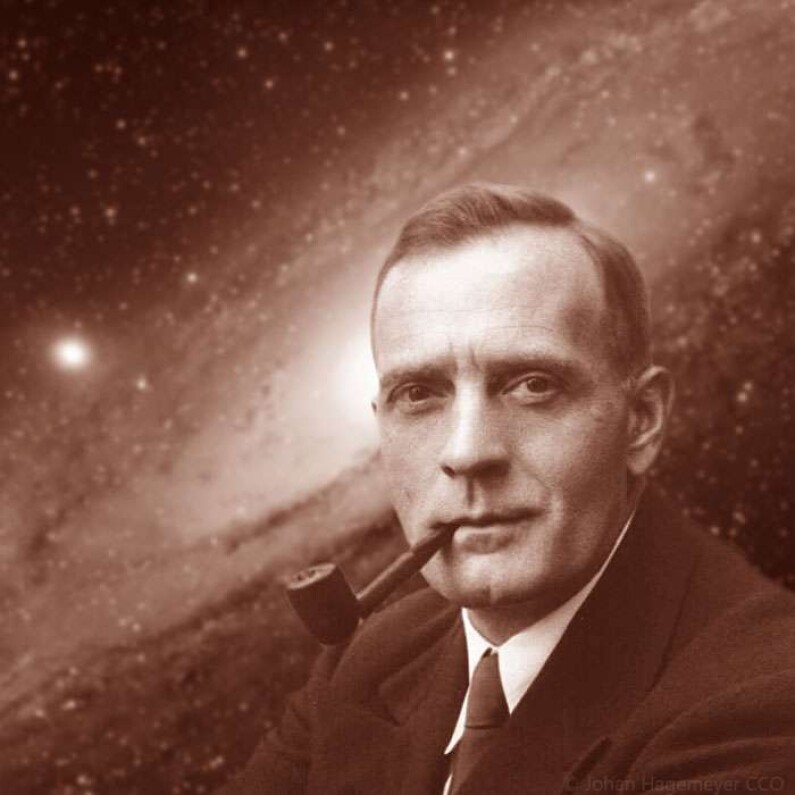
Edwin Hubble is one of the most influential experts in space and astronomy in the 20th century. During his career he managed to create a number of scientific projects in cooperation with several different observatories. Edwin confirmed the existence of a large number of galaxies and also discovered the law of the expansion of the universe, calling it "Hubble's law".
Throughout his life the researcher studied galaxies and star clusters. He discovered an asteroid named which was named after him, but Hubble did not play a decisive role in creating a telescope that could operate in space. The device is only named in his honor. At the time of the launch of the device, the scientist was considered the main specialist in the field of space exploration. So the developers decided not to immortalize their own names in history, but the name of their "teacher".
Technical characteristics of the Hubble telescope.
The Hubble's optics, which increased the budget for the project several times, was created according to the Ritchey-Chrétien system. The telescope uses a system of mirrors that are not like the lenses that we are used to. Instead, reflector telescopes with a two-mirror lens are used. Interestingly, the details that were used to create the telescope have not changed for 30 years - since its launch into orbit. But the tools used to maintain the telescope have changed quite often.
In addition to several mirrors (their number varies from 13 to 6), the telescope also has a WFC3 type camera. In 2009 the old camera, which produced images in the form of a square without one of the corners, was replaced by a new and improved one. Due to the problems of the WFPC2 camera with the matrix, which received images at different magnifications, it was impossible to compose the final image in a single range. The critical images had to be redone with new equipment.
The telescope was supposed to operate for no more than 15 years (in fact, it has been operating in orbit without interruption for 2 times longer than this and there is no plan to stop using it). The device weighs approximately 12 tons and its length is less than 13 meters. The tiny apparatus literally "carries on its shoulders" the entire world's study of space.
The telescope's tasks while in orbit.
The main tasks of the telescope are considered to be the registration of electromagnetic rays and the delivery of photographs of various objects back to Earth. During its entire operation in orbit the telescope has taken about 1.5 million such images. The volume of data accumulated by the telescope exceeds 50 terabytes. Based on this data modern astronomers have published thousands of scientific papers and articles on the study of space and have made numerous new developments in this area.
Scientific research, in fact, was the main reason for putting the telescope into orbit. However, experts familiar with the state of the industry quite rightly question the huge amounts of funding for the project. It could have been possible to obtain the same data, but with a much smaller base of evidence, on Earth by using already existing telescopes and without using funds for another space project. Nevertheless, the discovery of new satellites and the study of distant galaxies only became possible thanks to the active use of the powerful Hubble telescope. A telescope in space allows scientists to confirm or refute a scientific hypothesis with high accuracy simply due to the fact that it is closer to the objects that are being studied. If a "terrestrial" telescope provides the opportunity to construct a hypothesis, then the "Hubble" is aimed at collecting evidence.
How the telescope works.
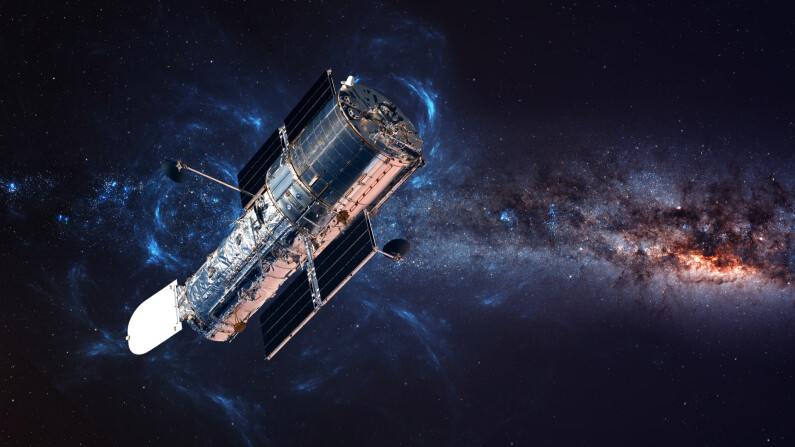
The telescope is controlled from the ground. The support center is located in Maryland, USA. Management specialists prepare technical solutions and select which objects and data to explore with the Hubble. The staff is increased when sending expeditions to the telescope. All other times the work is managed by a team of 10 people.
Researchers can send a request for collecting data using the telescope. This happens once a year. Scientists from all over the world send about a thousand requests to get data which is necessary for their research. Hubble conducts about 15–20 thousand of these observations annually. The results are sent free of charge to research centers that have reserved time for their research using the telescope.
The most famous discoveries of "Hubble".
The telescope almost established the value of the Hubble constant accurately, which previously had an error of 50% (now the maximum error is 10%, which is an excellent result). The Hubble constant connects the distance of a galaxy with the speed of its receding. The telescope photographed the exact moment a comet collided with Jupiter, the surfaces of Pluto and Saturn, and planetary disks around stars from different nebulae. Hubble played a decisive role in confirming the theory of the presence of black holes in the center of galaxies. It also provided data that allowed for the creation of a cosmological model of the universe.
In the first 10 years, the telescope became a scientific sensation. Scientists now seem to be accustomed to the "Earth's eye" which is in orbit on a permanent basis.
In 2013 the telescope discovered Hippocamp, which is a moon of Neptune, and 3 years later discovered a new galaxy. In 2018 the telescope transmitted images showing one of the oldest galaxies which has existed for about 500 million years.
Mission to fix a telescope in outer space.
A major problem of the telescope was discovered in the 1990's when it first started working while already in orbit. The sharpness of its images dropped which cast doubt on the calculated data. As a result, most of the studies that were originally planned could not be carried out. The cause of the problem was the improper grinding of the mirror. Several million dollars in additional funding had to be spent in order to do this. A corrective system for the lens had to be developed which could be delivered into orbit with the next expedition. To carry out the necessary maintenance, specialists had to go into outer space - otherwise it was not possible to adjust the lens. As a result, the device was not installed the first time because the astronauts did not know how to work with a telescope in orbit yet. The camera, which was transmitting inaccurate images due to the lens problems, also had to be replaced.
In 2009, it was decided to outfit the telescope with new instruments containing an updated generation of corrected optics. The old system, which had been the source of so much excitement for NASA scientists over the years, was deservedly sent to the Smithsonian's National Air and Space Museum.
What condition is the telescope in now? Forecasts for the future.
At the moment the telescope has exceeded its planned life, having worked in orbit for about 30 years. Scientists assumed that it would be in space only until 2014, but the unavailability of a follow-up project to launch a telescope into space has forced NASA to postpone the “decommissioning” of the Hubble by 5 years. The launch of a new telescope is scheduled for 2021, but there is still no exact data on the availability of the new device. To further extend the operating time of the Hubble telescope some of its systems will need to be put into a safe mode of operation. This will limit the work of Hubble in the field of scientific research, but it will buy scientists time to design a device to replace it.
High resolution images of the Hubble space telescope:
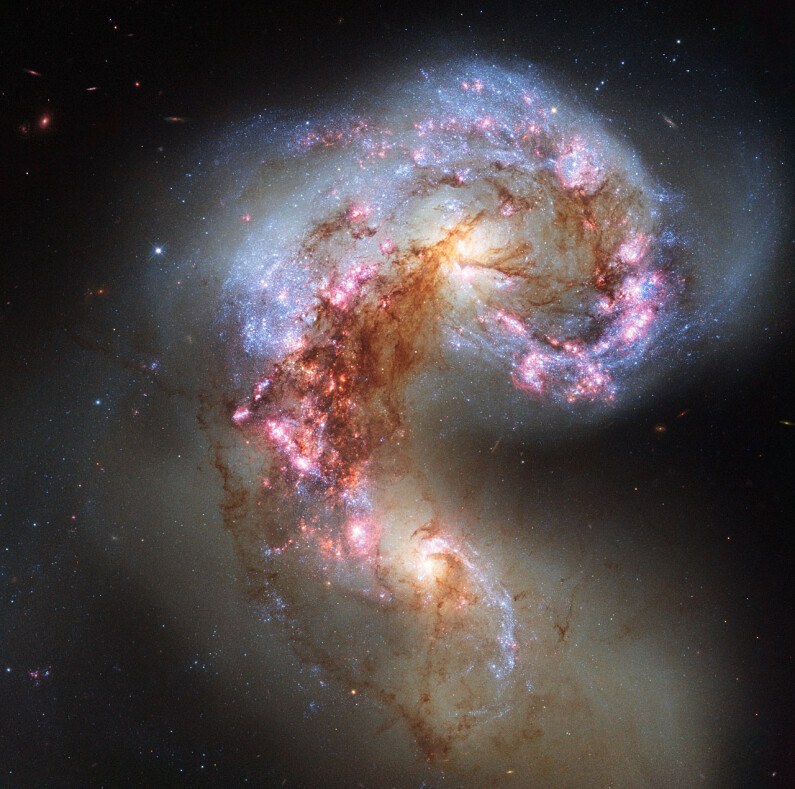 Galactic antennae
Galactic antennae
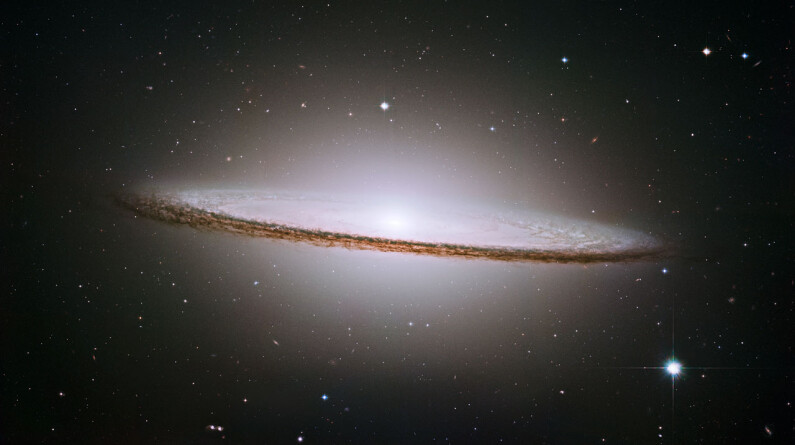 Mosaic of the Sombrero Galaxy
Mosaic of the Sombrero Galaxy
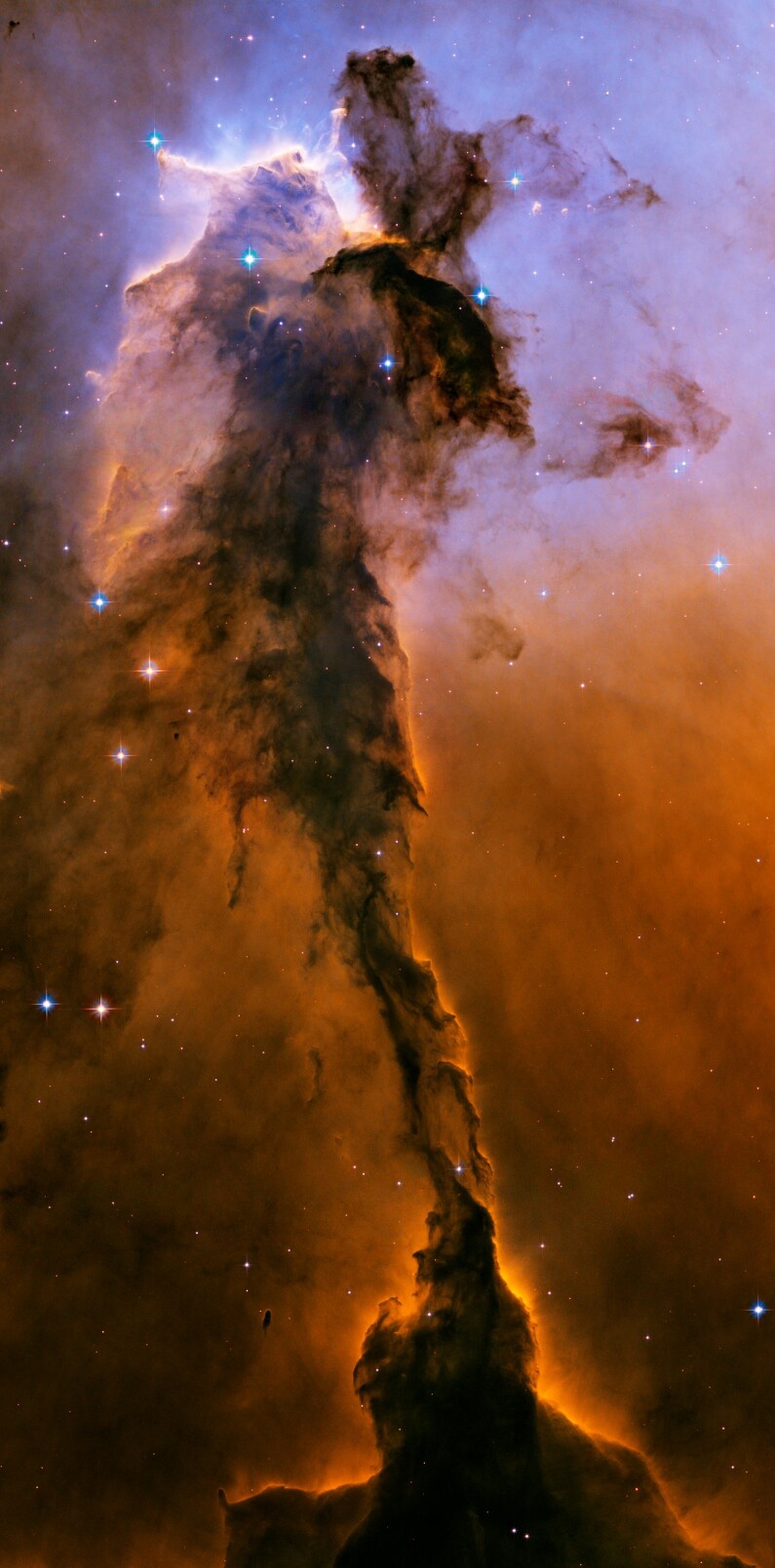 Spire of the Eagle Nebula
Spire of the Eagle Nebula
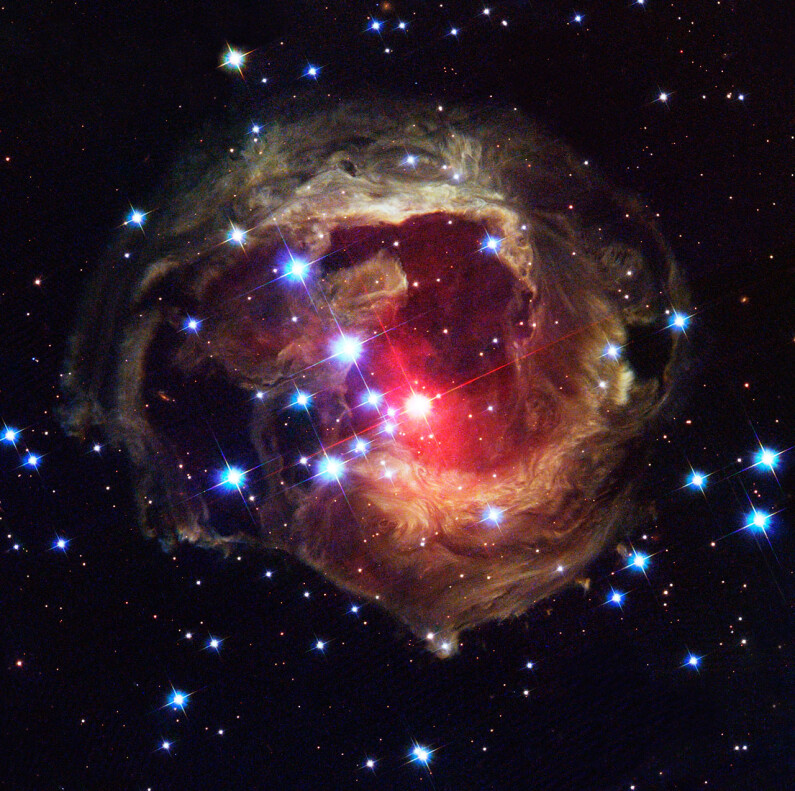 Light echo three years after the death of a star
Light echo three years after the death of a star
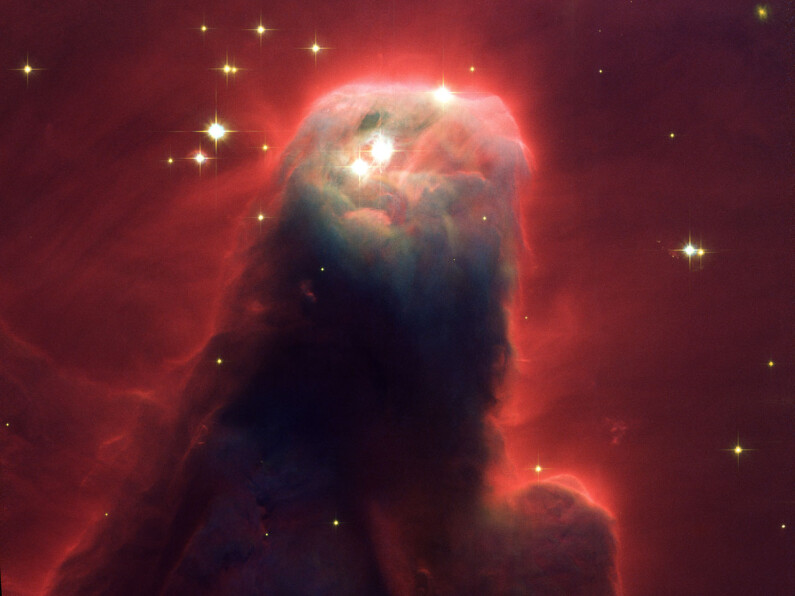 Pillar of gas and dust forming a new star
Pillar of gas and dust forming a new star
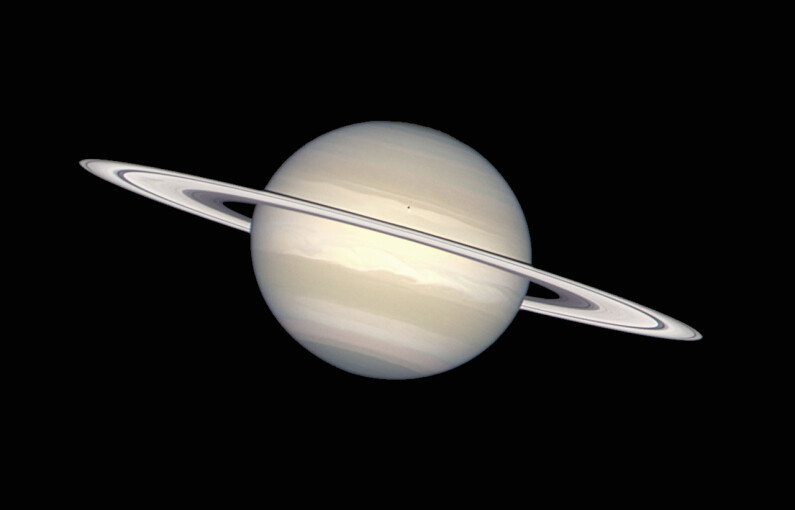 Natural view of Saturn
Natural view of Saturn
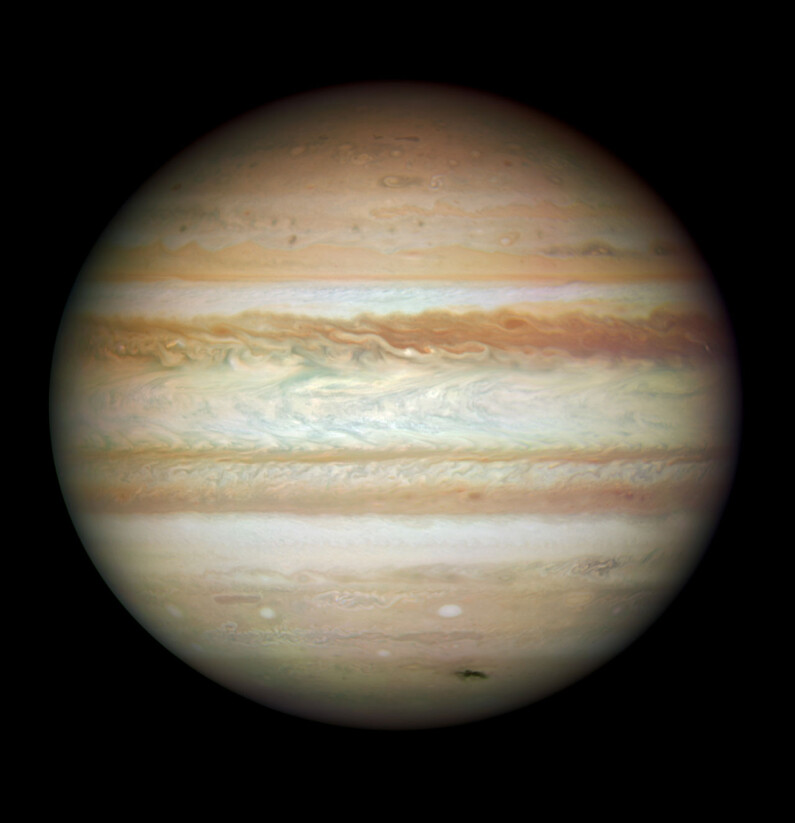 Natural view of Jupiter
Natural view of Jupiter
The Hubble telescope will go down in history as one of the longest operating Earth objects in orbit. Despite all of the problems associated with its launch and maintenance, it is the Hubble space telescope that is responsible for more than half of the developments in astronomy and astrophysics. As already mentioned, the telescope is doing an excellent job with its initial tasks and is still operating normally; this is helping researchers from all over the world confirm or disprove their hypotheses.
Share this with your friends!
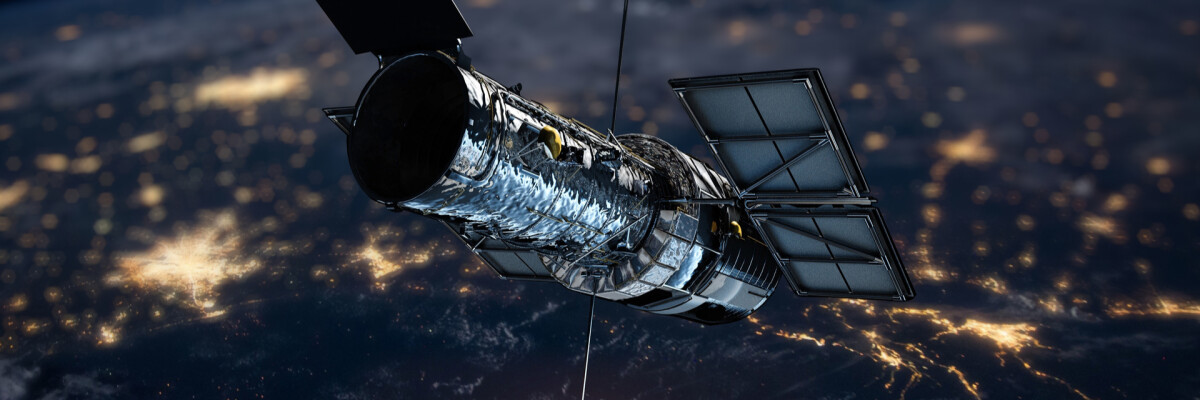

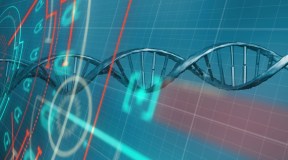



Be the first to comment
Please log in to comment